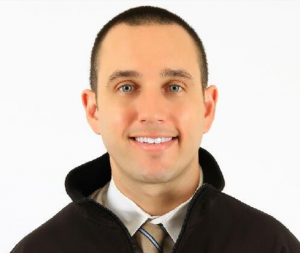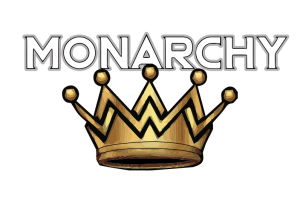Chalk Talk: Take a moment and think to yourself: What drives you?
 It’s often said that sports are a microcosm of society at large.
It’s often said that sports are a microcosm of society at large.
In other words, what happens in sport often reflects society and the current values and experience. The word “microcosm” is used because a small sample size in sports (one season or even one game) can reflect many things that happen in real life over a much bigger sample size or length of time.
This is why youth sports are so important for young people.
Every game and every experience, the kids have the opportunity to practice dealing with challenge, success, failure, adversity, fairness, unfairness, social issues, and more. The athlete can practice these situations over and over again in a short period of time in what should be a safe environment free from real world consequences that will face them in the bigger picture later in life, where poor decisions may result in failing a test, choosing the wrong group of friends, or far worse.
Considering the above, youth sports should impact our society in that if young people are practicing and learning how to handle all of these situations, they will carry that poise and experience into their daily lives and make better decisions, be less selfish, work harder, and persevere more often through adversity.
But often, instead of the youth sports experience influencing society, society (adults) will influence and control the youth sports environment, at the expense of the athlete’s enjoyment, engagement, and overall long term development.
What happens when these decisions and choices in the youth sports experience are taken away from the athlete or controlled by the adults?
Perhaps, and most likely, the team will achieve a more “successful” short-term result as expectations and consequences are made clear and the team functions as a well-oiled machine to achieve the goal of winning the game.
But at what cost?
In Daniel Pink‘s book “Drive,” he discusses human motivation and that much of what is done today in schools, business, and many other environments is based off of old society beliefs around rewards and punishment (or as he calls, “carrots and sticks”). Every scenario is placed as an “If you do this, then that happens” scenario. If you do something “good,” you are rewarded. If you do something “bad,” you are punished.
If you execute the coach-designed game plan, then you are rewarded with perhaps more ice time. If you don’t execute, then you are benched or berated.
Many of us may view this on the surface as commonplace in youth sport and perhaps even “the way it should be.” Players need to know they have to work hard and be team players or else they will be held accountable and have direct consequences, right?
Are you sure this is the best approach towards sport?
If you speak to anyone who recruits players at the highest levels, they are quick to tell you that those who “make it” long term must have a deep and undying love for the game. So much that they tirelessly work at their craft and sacrifice many luxuries that the average young athlete would partake in. Motivation becomes the critical element that separates the promising athletes from the ones who make it, and the good ones from the great. Beyond that, internal motivation is the real key here.
It’s easy for an adult with hockey experience to tell the players what to do and manage that behavior with positive and negative consequences. It’s entirely different to provide the guidance and environment for players to experience the process of learning what to do internally and actively. Just maybe, over time, they will find a better way than we even thought they could achieve. That is not a math formula, that is an art.
What kind of hockey player would you want? An accountant, or an artist?
Ben Frank is the president of the Ontario Jr. Reign, a USA Hockey Model Association.
(Jan. 12, 2018)










